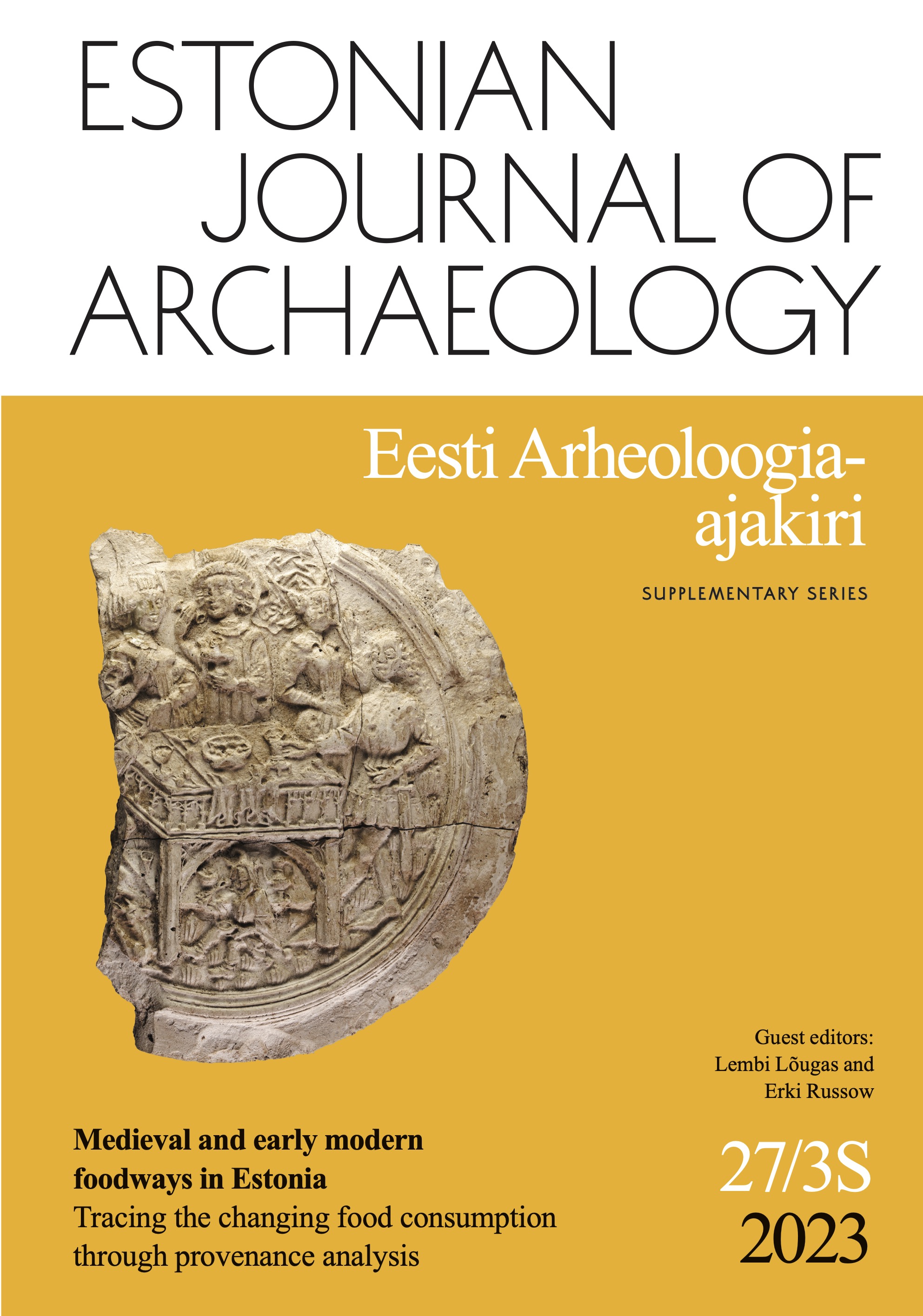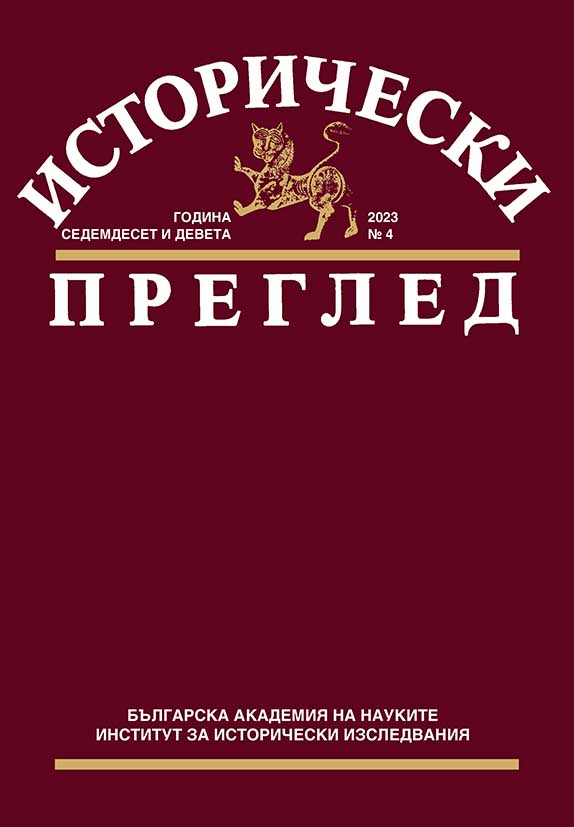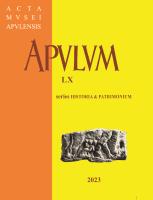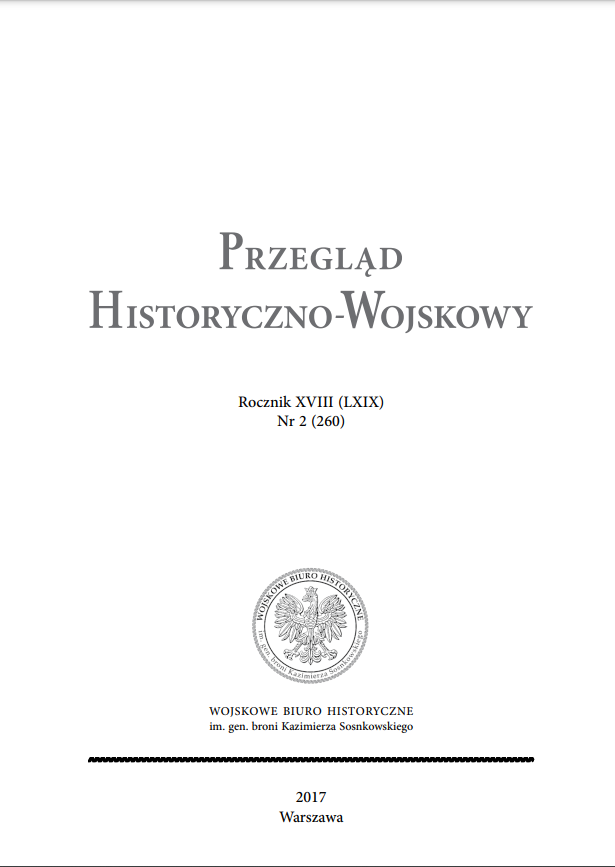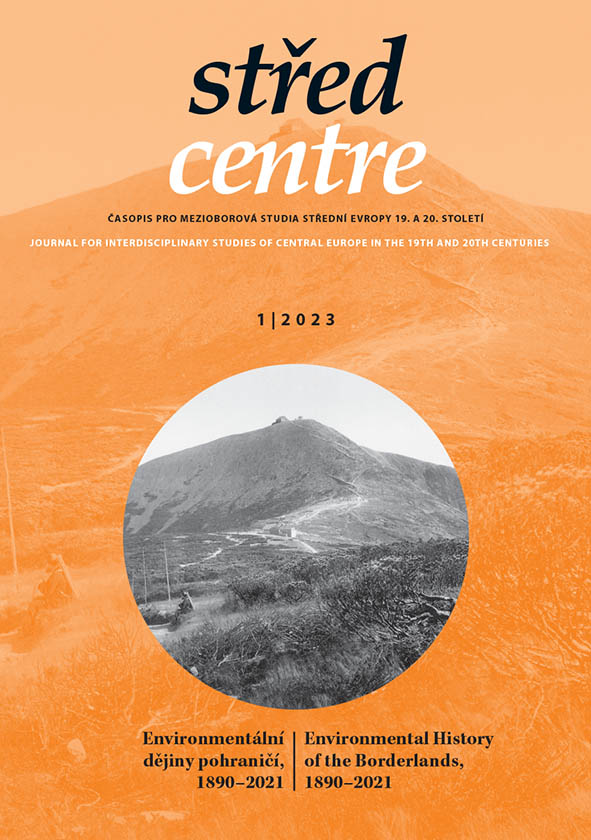
Náš Yellowstonský park? Státní ochrana přírody a veřejnost v českých a slezských Krkonoších od konce 19. století do druhé světové války
The article deals with the role of the state in nature protection in the Bohemian and Silesian Giant Mountains (Krkonoše, Riesengebirge) from late 19th century to 1938. It argues that the issue of local nature conservation should be seen in the broader context of the development of nature conservation in Central Europe. It also shows that the main motive behind conservationists’ calls for a stronger role of the state after 1900 was the growing perception of tourism as a threat for the mountains. The state’s involvement in nature protection increased after World War I when it established natural reservations and issued nature protection decrees. At the same time, however, the growth of mass tourism led the state to plan and build roads and implement other economic plans that were highly damaging to nature. In addition, there were military and strategic motives that led states to build roads and border fortifications in the 1930s.
More...
